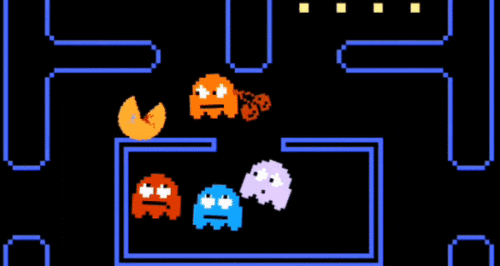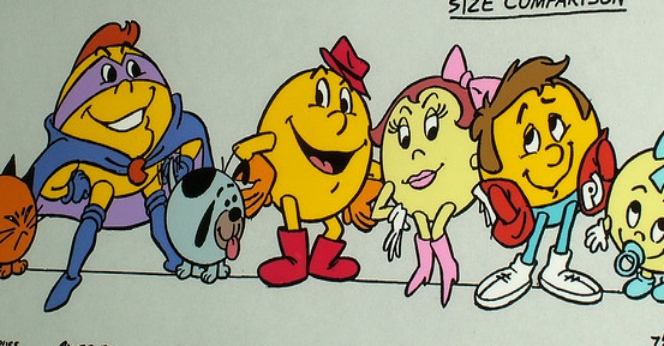

at the time,” explains Steve Golson, one of the game’s primary engineers. “There were something like 90,000 Pac-Man cabinets in the U.S. The week of January 18, 1982, Time magazine ran a cover story called “Games That Play People.” Time commissioned a photographer to take several pictures of Pac-Man arcade cabinets around the country. Many people were copying ROMs at the time, and I think that was their initial assumption.” The Legend of Crazy Otto “Atari didn’t understand what we were doing and why we did it. “We ended up in court with Atari,” Macrae remembers.

This immediately attracted the attention of Missile Command’s publisher, Atari, who filed a temporary restraining order against General Computer Corporation. So successful, in fact, that the duo began circulating four-color ads for sale in trade magazines like Play Meter and Replay Magazine. The Super Missile Attack kits were an instant success. Within a few days the two students had filed paperwork to incorporate a new business called General Computer Corporation, bought a microprocessing development system, and with the help of four friends began work on Super Missile Attack. Not to be discouraged, Macrae and Curran took matters into their own hands and made their own enhancement kit for Missile Command. “Missile Command required an intricate knowledge of how the program worked in order to enhance the game and make it more difficult. “This was a more sophisticated game back in that day,” explains Steve Golson, one of Macrae’s longtime friends and an eventual business associate.
WHEN DID PAC MAN COME OUT HOW TO
Macrae and Curran looked for an enhancement kit to Missile Command, but no one had yet figured out how to create one for the game. Since these kits altered a game’s mechanics by adding new weapons, enemies, and power-ups, it was often all an arcade owner needed to see renewed interest and fresh quarters pumping back into a stalling cabinet. Enhancement kits were not always legal, but they were far cheaper than buying an entirely new arcade cabinet.
WHEN DID PAC MAN COME OUT CODE
Also known as speed up kits, these circuit boards plugged into preexisting arcade cabinets, interrupting the original game’s programming and laying new code on top of an old game. Within the arcade business of the era, an underground market developed for something called enhancement kits. “People had gotten rather bored with the game, or they had gotten really good with the game, because it was relatively simple and repetitive.” Macrae and Curran knew the game needed some modification if they wanted to keep making money with Missile Command. “The coin collecting on them had fallen dramatically,” Macrae explains. However, by spring break of the duo’s senior year the title had lost people’s interest. It initially proved to be so popular on the MIT campus that Macrae and Curran purchased three machines. The Atari game had exploded onto the arcade scene in July of 1980. Macrae and Curran’s first attempt at modding a game was the result of waning enthusiasm over Missile Command. Macrae and Curran practically owned MIT’s arcade. The machine proved to be so profitable that Macrae asked Curran to join him as a business partner, and the two expanded the business to more than 20 pinball machines and arcade cabinets. Nothing if not an entrepreneur, Macrae set the machine up on campus hoping he could earn a little pocket change. Except this was 1977, so it was pinball eating away their pocket change, not Street Fighter.ĭuring his sophomore year Macrae inherited a pinball machine from his older brother.

As students, Doug Macrae and Kevin Curran spent a fair number of quarters in the arcade during their off hours. The Massachusetts Institute of Technology has changed a lot in the last three decades, but one thing has stayed the same: Its students still take time away from their busy class schedules to blow off steam with video games. Part One: Hacking The Arcade Hacking The Arcade


 0 kommentar(er)
0 kommentar(er)
